
Management of postmenopausal osteoporosis and osteopaenia
There are not that many people in the world who have never heard of osteoporosis or do not know that it is a condition of the bones. Those who do not know should be aware that this health condition is characterized as a compromise in bone strength. However, such compromise does not occur all of a sudden and without any reason. It is important to know that a reduction in bone mass or its density is known to play a very important role in the process of loss of bone strength.
What is osteoporosis?
According to the doctors, this medical condition called osteoporosis happens to a person when his or her bones are not that strong as they used to be. There are several reasons why that happens. Apart from the loss of bone mass and density, there is another one which is highly important. That cause is an alteration in bone quality which is known to end up in fractures which are more precisely known as osterofragility fractures. There are a lot of factors which influence the quality of the bone and fall under this category. Such factors are architecture of the bone, microcrack and microdamage accumulation, mineralization, bone turnover and even collagen quality. Almost every doctor sees osteoporosis as a synonym for low bone density. One of the main reasons why that is so is because when a person suffers from an osteoporotic fracture he or she suffers from minimal or no trauma what so ever. An interesting thing is that a lot of experts define these traumas that lead to osteoporotic fractures as a fall from less than a standing height. The height does not go any higher than the standing one.
Diagnosis, history and examination of osteoporosis
When a person suspects of osteoporosis, he or she should go to the hospital in order for the doctor to be able to examine the injured area and make a proper diagnosis. The doctor will in every case want to know the relevant history of the patient in order not to make a misdiagnosis. Some of the most important facts from relevant history that the doctor will want to know are age of menarche, age of menopause, any smoking history, prior fracture and a family history of osteoporosis. Apart from these most important ones, the doctor will ask about several other medical conditions which may be important in this matter.In case the patient is a postmenopausal woman, she needs to know that there is a routine checkup in her case and in case of every other menopausal woman. A very important part of this routine examination is a measurement of height. The main reason why this height measurement is so important is because postmenopausal women who experienced a loss of 2 cm of height in the past three years are highly likely to be suffering from osteoporosis. Apart from the height measurement, a lot of doctors will assess the kyphosis of these postmenopausal women. Even though this is performed it does not need to prove anything due to the fact that a lot of women who are in their older years may suffer from this deformity due to severe spondylosis or scoliosis. Apart from the physical examination that the doctor will perform in order to properly diagnose osteoporosis in postmenopausal women, there is another way which is considered to be something of a gold standard for the diagnosis of osteoporosis. That diagnostic option is called dual energy X-ray absorptiometry or DEXA. The doctors may also use a normal X-ray and blood tests in order help with the diagnosis but DEXA remains the leading way of making the diagnosis. However, blood tests are very important when it comes to the management of this health condition. It is important that every postmenopausal woman who has suffered from a low trauma fracture is considered to be suffering from osteoporosis. The main reason why that is so, is because the chances are really high that that is the case. DEXA is helpful in these situations because this X-ray measures the bone mineral density or BMD of the patient and that helps a lot in the prediction of fracture risk.
Relevant statistical data
According to the data, in the year of 2001, there were 2 million people who suffered from osteoporosis in Australia. Out of these 2 million, only one quarter were men. The rest of those numbers were women. The data also says that osteoporosis is a lot more common than hyperlipidaemia. The experts also say that osteoporosis takes more healthy years from a person than certain other and more dangerous diseases. Some of these diseases and conditions are Parkinson’s disease, rheumatoid arthritis and even cervical cancer. It was established that osteoporosis cost more than $7 billion yearly. The experts believe that the cost will only get higher as the people become older.


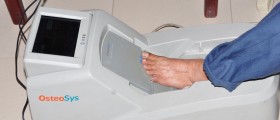
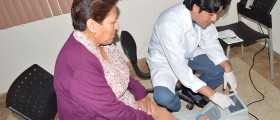
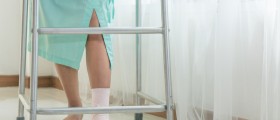
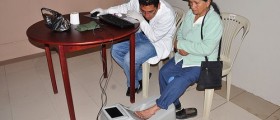

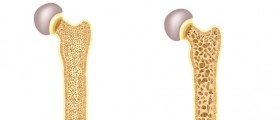




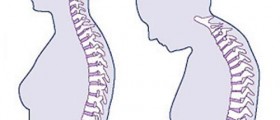
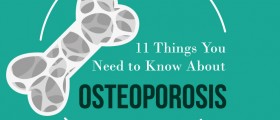
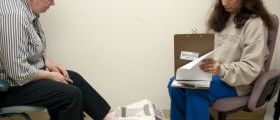

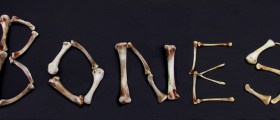
Your thoughts on this
Loading...